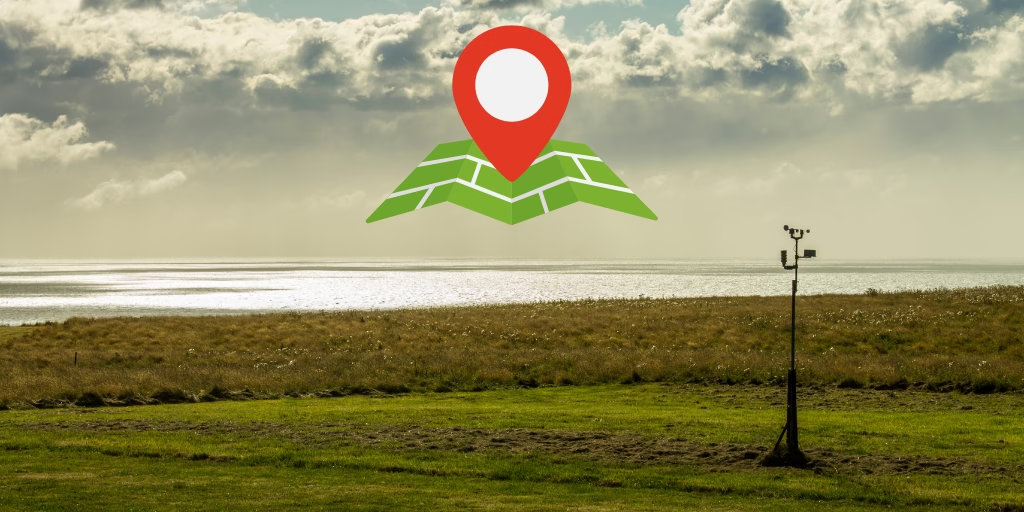Smart Home Cloud Servers: The Good and The Bad
Many Smart home systems rely on remote servers to function. Typically the cloud server are operated by smart device makers to handle your home automation tasks. From device pairing, firmware updates to routines, data storage and analytics, these servers are the backbone of your smart home. When you use you smart home app it travels to the cloud, which processes it and sends instructions to your devices.










